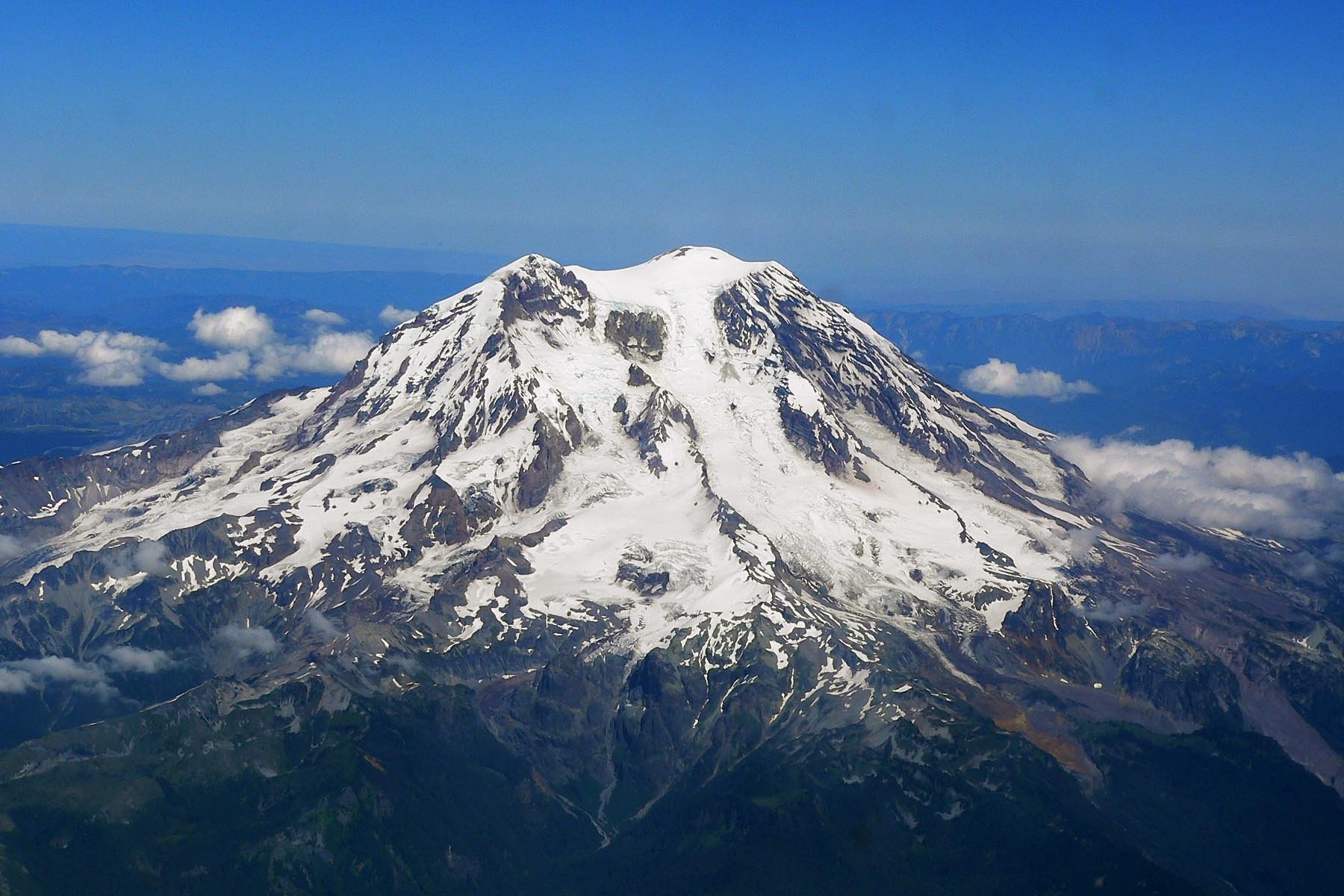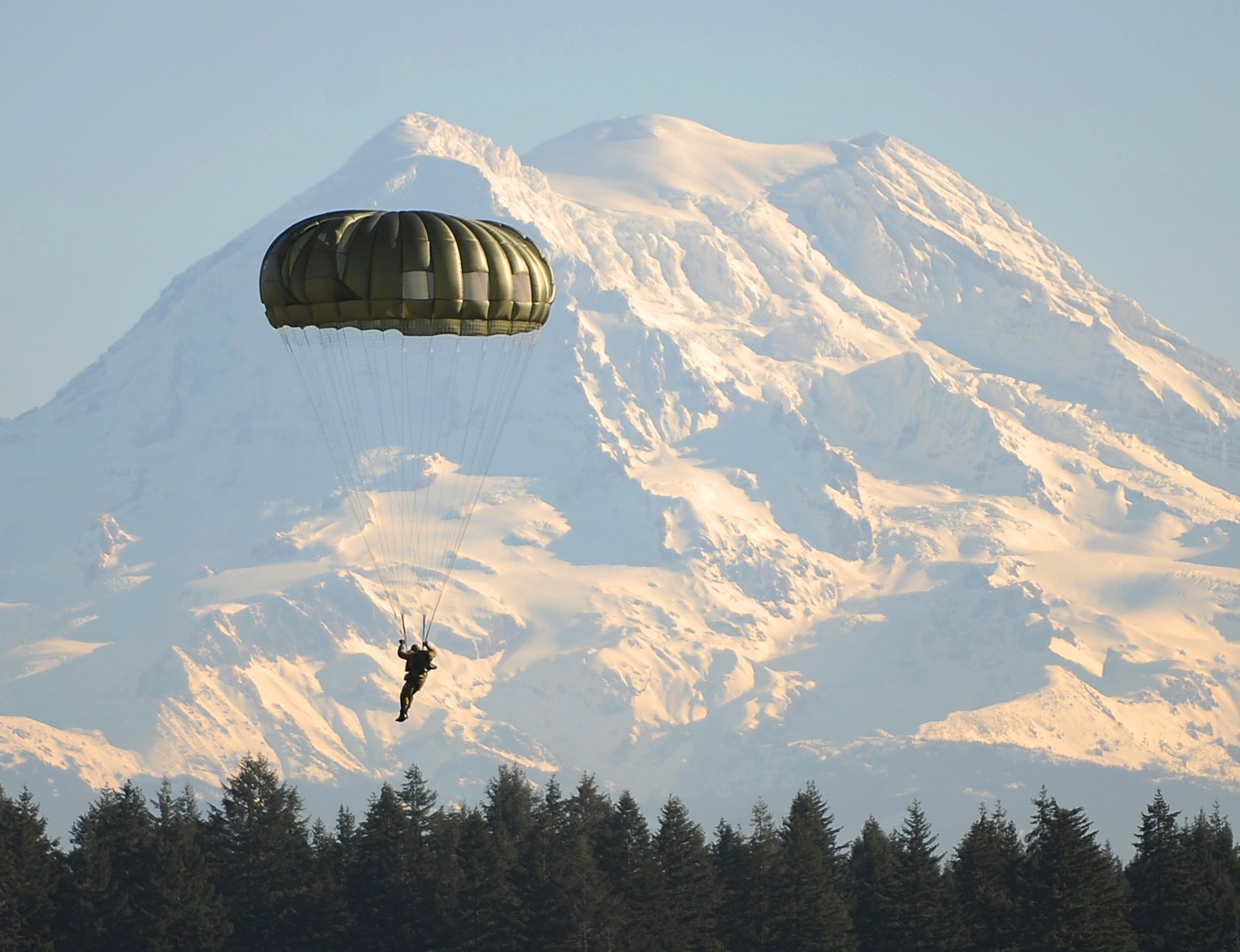Mount Rainier National Park offers a diverse array of backcountry camps for adventurous hikers and campers. These camps provide unique experiences, ranging from panoramic views of the iconic mountain to serene lakeside settings. With various amenities and locations, the backcountry camps cater to different preferences and skill levels, making them an integral part of the Mount Rainier wilderness experience.
What Are the Key Features of Mount Rainier National Park Backcountry Camps?

Mount Rainier National Park’s backcountry camps are scattered throughout the park, offering diverse experiences for wilderness enthusiasts. Here are some key features:
- Location Variety: Camps are situated at different elevations and terrains, from forested areas to alpine meadows.
- Basic Amenities: Most camps provide primitive toilet facilities and bear poles for food storage.
- Water Access: Many camps are located near water sources, though availability may vary seasonally.
- Scenic Views: Several camps offer stunning views of Mount Rainier and surrounding landscapes.
- Wilderness Experience: These camps provide an immersive experience in the park’s natural environment.
Notable Backcountry Camps
- Summerland Camp
- Elevation: Approximately 6,000 feet
- Features: Panoramic views, nearby water source
-
Location: Southeast of Mount Rainier, along the Wonderland Trail
-
Carbon River Camp
- Features: Rugged layout, access to suspension bridge and Marmot Creek
-
Location: Northwest of Mount Rainier, along the Carbon River trail
-
Klapatche Park Camp
- Features: Sunset views of Mount Rainier, access to Aurora Lake
-
Location: Southwest of Mount Rainier, along the Wonderland Trail
-
North Puyallup River Camp
- Features: Prominent rock formations, views of turbulent river
-
Location: West of Mount Rainier, along the North Puyallup River trail
-
Golden Lakes Camp
- Features: High mountain lake, sunset views of Rainier in Sunset Park
-
Location: Northeast of Mount Rainier, along the Wonderland Trail
-
Glacier Basin Camp
- Features: Near glacier-fed stream, pit toilets
- Location: East of Mount Rainier, near the Sunrise area
How Can You Obtain Mount Rainier Backcountry Camping Permits?

Securing a permit is essential for backcountry camping in Mount Rainier National Park. Here’s what you need to know:
Permit Process
- Requirement: A wilderness permit is mandatory year-round for all overnight backcountry stays.
- Reservation Period: For peak season (May 26 to October 9), reservations open on April 25.
- Allocation: Two-thirds of permits are available for advance reservation, one-third for first-come, first-served basis.
Application Methods
- Early Access Lottery
- For popular camps
-
$6 non-refundable application fee (applicable to reservation fee if successful)
-
Online Reservations
- Through Recreation.gov
-
Available for peak season
-
Walk-up Permits
- Available year-round at Wilderness Information Centers or Visitor Centers
- $6 non-refundable fee
Fees and Quotas
- Reservation Fee: $6 for all permits
- Recreation Fee: $20 flat fee for advance reservations on Recreation.gov (not applicable to walk-up permits)
- Group Size Restrictions: Permits are non-transferrable, limited to one additional permit holder
- Solo Travel: Not permitted above high camps or on glaciers
- Climbing Permits: Required for travel above 10,000 feet or on glaciers
What Are the Best Trails for Backcountry Camping in Mount Rainier National Park?
Mount Rainier National Park offers several trails ideal for backcountry camping. Here are some notable options:
Wonderland Trail
- Length: Approximately 93 miles
- Difficulty: Strenuous
- Highlights: Panoramic views of Mount Rainier, diverse ecosystems, multiple backcountry camps
- Duration: Typically 7-10 days for the entire trail
Glacier Basin Trail
- Length: 6.2 miles round trip
- Difficulty: Moderate
- Highlights: Glacier-fed stream bed, pit toilets, limited views of Mount Rainier
- Duration: 2-4 hours
Carbon River Trail
- Length: Varies depending on destination
- Difficulty: Moderate to strenuous
- Highlights: Suspension bridge, Marmot Creek, rugged backcountry terrain
- Duration: Depends on specific route and destination
What Essential Tips Should You Know for Mount Rainier Backcountry Camping?
To ensure a safe and enjoyable backcountry camping experience in Mount Rainier National Park, consider the following tips:
Safety Protocols
- Be prepared for rapidly changing weather conditions
- Carry avalanche safety gear for winter trips
- Ensure proper physical conditioning for elevation and hiking challenges
Wildlife Precautions
- Use bear poles for food and garbage storage
- Maintain a safe distance from wildlife and avoid feeding them
Leave No Trace Principles
- Plan ahead and prepare
- Travel and camp on durable surfaces
- Dispose of waste properly
- Leave what you find
- Minimize campfire impacts
- Respect wildlife
- Be considerate of other visitors
Recommended Gear
- Pack the 10 essentials (navigation tools, first aid kit, emergency shelter, etc.)
- For winter trips, include ski crampons, skins, and extra water
- Carry chains for vehicles entering the park from November to May
By following these guidelines and properly preparing for your backcountry camping adventure, you can fully enjoy the stunning wilderness of Mount Rainier National Park while ensuring your safety and preserving the natural environment.
